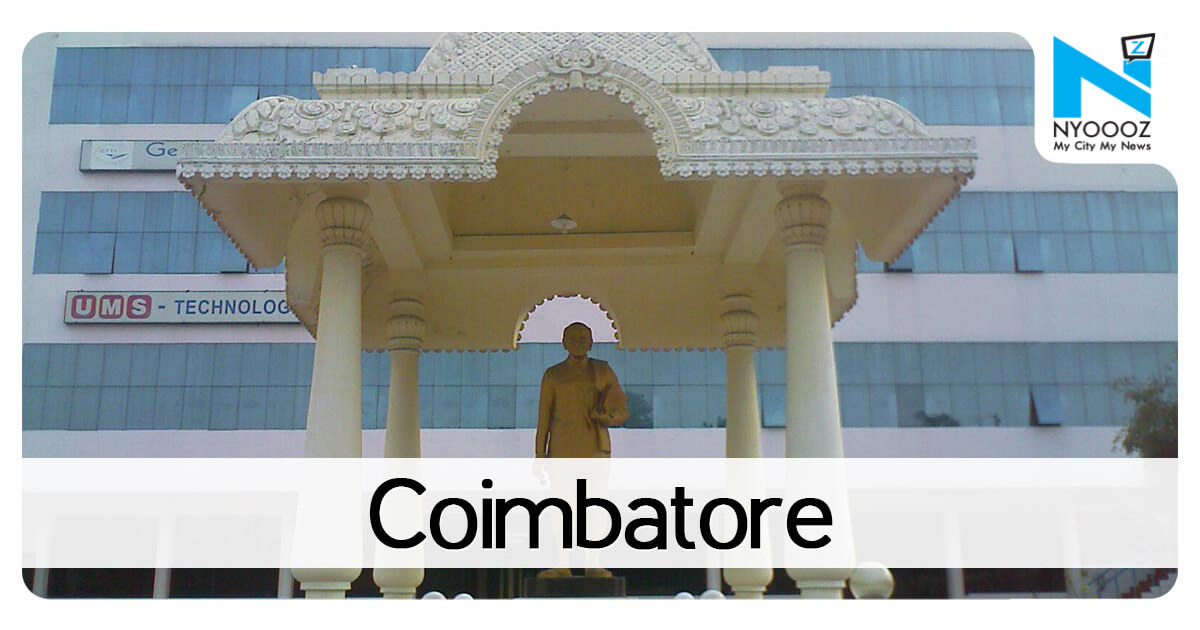When Sri Ramachandra Pulavar and Group from Palakkad walked in to perform Tholpavaikoothu, the only thing much of the audience knew was ‘traditional leather puppetry’. The performance itself was a beautiful mix of past and present, tradition and colloquialism, what was and what could be. This is not ‘just an art’.”When the audience walked in that morning, they knew it was a traditional puppet show. Mats were laid, makeshift theatres were assembled, and much suspense was built as screens and black cloth began to emerge. An hour later, the dancing deer and raving demons became a way of life, a testament to generations of artists.

If You Like This Story, Support NYOOOZ
Your support to NYOOOZ will help us to continue create and publish news for and from smaller cities, which also need equal voice as much as citizens living in bigger cities have through mainstream media organizations.
Stay updated with all the Coimbatore Latest News headlines here. For more exclusive & live news updates from all around India, stay connected with NYOOOZ.








